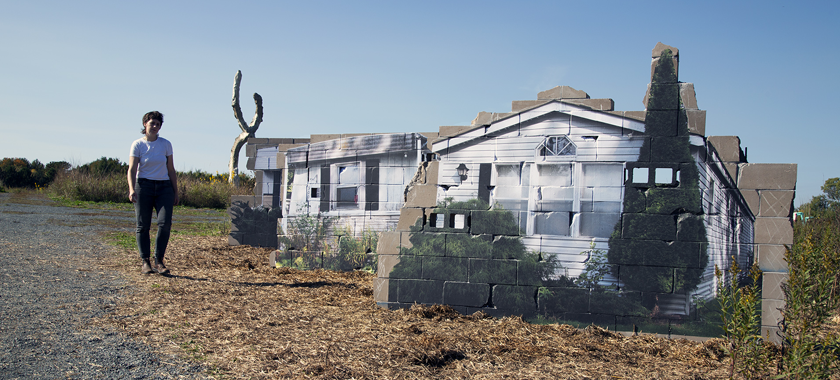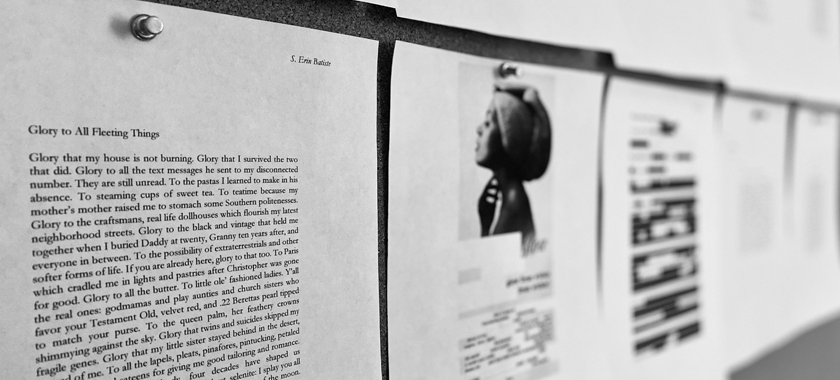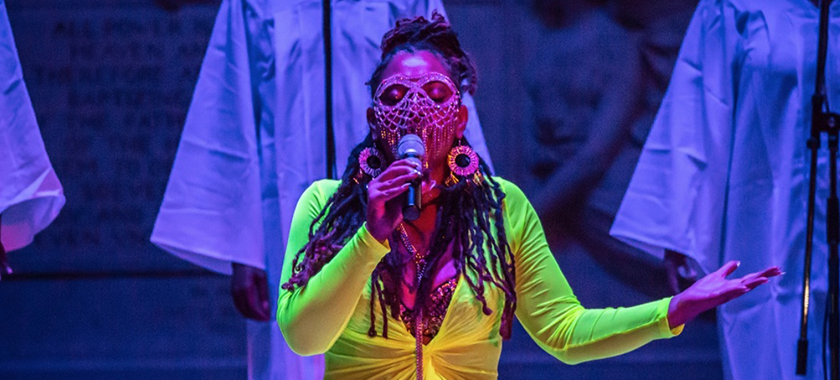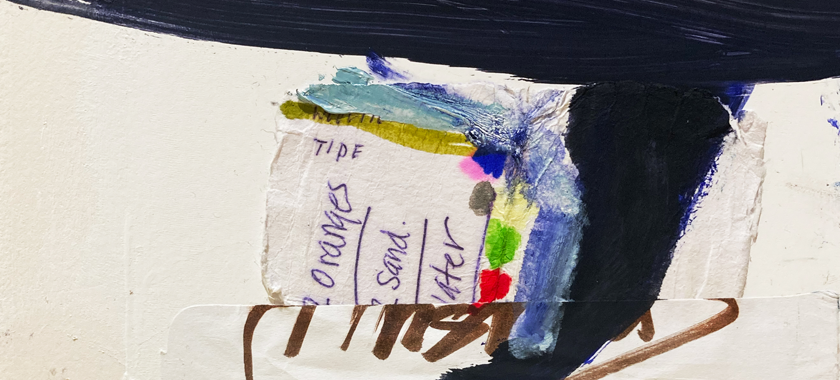
How to Create an Artist Resume
We define what an artist resume is and walk artists of all disciplines through how to create one.
Many opportunities and grants will ask you to submit an artist resume as part of your application package. This is different from a bio and different from a CV. An artist resume is fluid, changeable, and expandable, so it’s good to have a template you can work from and tailor to specific opportunities. See below for more from Andrea Kleine, a practicing artist and Program Officer in NYFA’s Fiscal Sponsorship Program.
A few quick definitions.
A bio is written in prose form and highlights your accomplishments as an artist. Some opportunities may ask for a short, one-paragraph bio and others may allow up to one page.
A CV (short for Curriculum Vitae) is a detailed list of all of your accomplishments. CVs are common in academic settings, but some artist opportunities may ask for them as well. CVs may be 1-10 pages long, depending on the phase of your career.
An artist resume is similar to a resume you might use to apply for a job, but instead of highlighting your previous employment and skills, it highlights your work as an artist.
What goes in it?
There are no absolute rules, other than make it clear, readable, and representative of you.

The Basics
To start, include your name, contact information, website, or online portfolio. Make it easy for people to get in touch with you! Direct them where to go to find out more information about your work. Don’t worry about making a fancy letterhead. It is far more important that this basic info is easy-to-read.
A super short summary (optional).
Some artists find it helpful to include a sentence or two that introduces themselves and ties together different elements of their resume. This is especially helpful if you work in multiple disciplines, or if you feel there is information about your work that is not evident in your resume. Other artists skip this altogether.
There is a tradition in visual art to include your birth year, place of birth, and place of residence. Do what feels best for you.
Education
List the degrees you have earned. Include programs you are currently enrolled in and your anticipated graduation date. You can include non-college programs, and if you have studied with noted artists or teachers you can include their names as well. If you are a self-taught artist, say that here with a short sentence about your learning experience.
List of Your Artworks
The bulk of your artist resume is a list of your artistic projects. It helps the reader if you break this into sections (Example: one-act plays, full-length plays, etc). It varies a bit by discipline. If your work is collaborative, list what your role was.
Visual Artists: This is a list of your exhibitions. You can break it up by solo exhibitions, two-person, and group exhibitions. You can also include sections for performances, publications, and collaborations. Create a separate section for permanent collections.
Choreographers, Playwrights and Theater Artists, Performance Artists, Composers: This is a list of works and their productions. Indicate whether it was an evening-length work, or a shorter work. Composers can also include a section for recordings.
Writers: This is a list of publications. You can create sections by type of publication (books, anthologies, short stories, poems, essays, articles, etc). Some writers also include a category for readings, talks, and lectures.
Filmmakers: This is a list of completed films and those in production or post-production. Clarify your role in each project (Director, Writer/Director, etc). Indicate festivals and important screenings.
Multidisciplinary Artists and New Disciplines: If you work in more than one discipline, group your works together by medium (Example: Music Composition, Video Installation, Writing). If you are working in new disciplines, think about how people experience your work and create your own categories from there. Include a short sentence about what the project was.

Awards and Honors
List your awards, grants, residencies, and other honors you have received for your work.
Related Work
This is a place to include other work you do in your field, such as teaching, curating, volunteering, organizing panels and events, and advocacy. You can also include relevant non-art work that influences your practice. Examples of this are activism, community work, technology projects and skills, graphic design, somatic practices, and anything else you feel is relevant or works in combination with your art.
Bibliography
A list of publications that have written about your work (reviews, interviews, articles, etc).

How to put it together.
- People often quickly scan resumes. Use an easy-to-read font (Arial, Calibri, Times, Garamond, etc) and don’t make it too small (keep it between 10-12 pt). Edit a few things out of your resume rather than decrease font size or adjust margins.
- Breaking things into sections makes your resume easier to read.
- Make sure your name and contact information is at the top of the page.
- If you have recently graduated from a college program, you should highlight your education and place this section near the top. If you graduated many years ago, feel free to put it at the bottom.
- Think about what is most important to you and what accomplishments best highlight your work. Place those things near the top of your resume.
- List your work in reverse chronological order (newest to oldest).
- If you have a lot of projects in one category, you can pick and choose what you want to include and put “selected” in the header (example: Selected Group Exhibitions).
- Ask a friend or colleague to take a look at your resume. It is always good to get feedback before submitting it. You can also ask a friend to share their artist resume with you for formatting ideas.
- Save a template of your resume and adjust depending on where you are sending it.
Examples
Lydia Nobles: a two-page resume from an emerging visual artist.
Cecil Castellucci: a one-page resume from a mid-career writer.
Carman Moore: a one-page resume from a veteran composer.
In Conclusion
Your resume is only one part of a grant or project proposal. It works together with your work samples and your project narrative to showcase your art and ideas. Think of how these elements can work together to tell a story and connect the dots for a reader or panelist, leaving them with a clear idea of who you are as an artist.
–Andrea Kleine, Program Officer, NYFA Fiscal Sponsorship
You can find more articles on arts career topics by visiting the Business of Art section of NYFA’s website. Sign up for NYFA News and receive artist resources and upcoming events straight to your inbox.
NYFA Fiscal Sponsorship’s quarterly no-fee application deadlines are March 31, June 30, September 30, and December 31. We also accept Out-of-Cycle Review applications year-round. Reach out to us at [email protected] for more information.